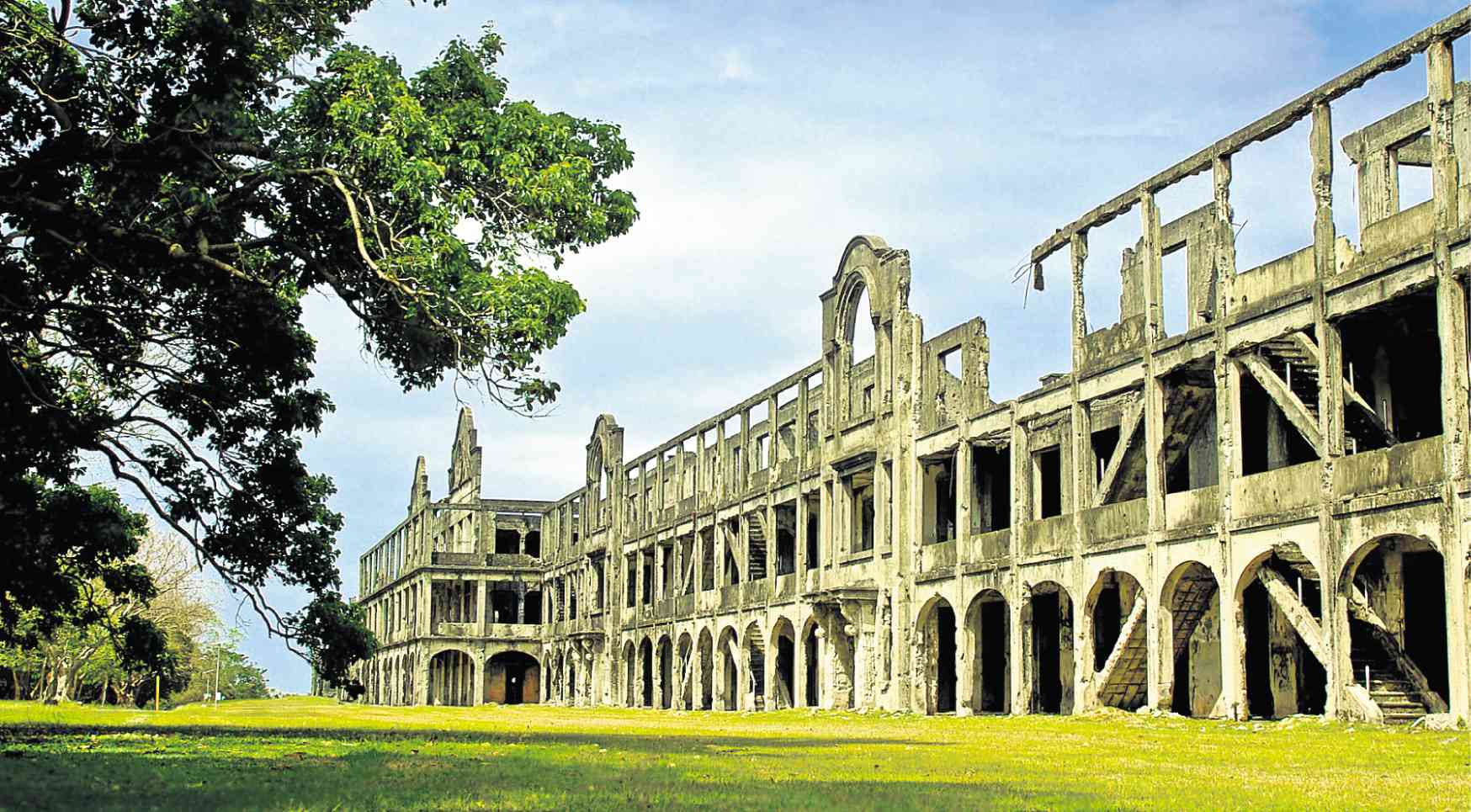Corregidor: Island of the Brave and the Fallen
Seventy-seven years ago, thousands of Filipinos, Americans, and Chinese-Filipinos were delivered to the hands of Japanese troops after months of hunger and disease during World War II. The day of surrender is now commemorated as the Araw ng Kagitingan (Day of Valor)—a day when all hope seemed to have died for many of our battle-weary troops.
In the middle of all the war, a little island became key in the turn of events.
Once a peaceful fishing ground, Corregidor Island became a fortified garrison due to its proximity to our nation’s capital. With its unique features, it bore witness to our country’s losses and triumphs.
Today, with its war-torn remains and hidden treasures, it serves to commemorate some of our country’s bravest freedom fighters.
Let us take a look at this little island’s unique features that make it our country’s unofficial symbol of resiliency.
Malinta Tunnel
The Malinta Tunnel was the last military stronghold of the Allied forces before their surrender to the Japanese. Built in a decade, the tunnel is named after the leeches found in the area during its construction.
The Malinta Tunnel became a successful hideout during the war for its design. Due to its arch shape and solid concrete construction, its structure is able to resist damage from external forces. It can easily outlast buildings built with columns and beams. Dug through a mountain, the tunnel is further protected by compact soil and rich foliage.
Today, the Malinta Tunnel hosts a lights and sounds show designed by National Artist Lamberto V. Avellana. At night, it turns into the ghost hunter’s domain, providing an eerie setup that can make the skin crawl. For all its usefulness, the tunnel has endured time and will probably last for many years more.
Pacific War Memorial
Built by the United States government to commemorate the fallen soldiers of Corregidor, the Pacific War Memorial is a complex of built structures. Constructed in the ’60s, the memorial pays tribute to the Filipinos and Americans who fought side by side in the war.
The entrance is flanked by a sculpture of a wounded Filipino soldier aided by an American colleague. A dome featuring a sun-lit oculus and a concrete shrine stands across the entrance of the memorial. The shrine is laden with an inscription for the bereaved: “Sleep, my sons, your duty done. For Freedom’s light has come…”
A pathway connects the dome to a sculpture designed by American artist Aristides Demetrios, the Eternal Flame of Freedom.
A small museum, which stands on the edge of the memorial, houses artifacts and memorabilia from World War II. Its center attraction is a large tile mosaic showing the battles fought by the Americans in the Pacific. The Pacific War Memorial may have come after the battles, but it certainly provides a glimpse to the experiences and losses felt during the War.
Filipino Heroes Memorial
At the tip of the island lies one of the more recent installations in Corregidor.
Entitled the Filipino Heroes Memorial, the landmark was built in 1987 based on the design of Arch. Francisco Mañosa, National Artist for Architecture. Occupying 6,000 sqm, the memorial pays tribute to the people who fought for Filipino freedom across the centuries.
The place is a landscaped plaza filled with artwork from different local artists. Fourteen murals depicting various scenes in Philippine history surround the memorial. The scenes were cast by local sculptor Manuel Casal. The artwork includes the Battle of Mactan, Sumuroy Rebellion, Dagohoy Revolt, the Philippine-American War and Edsa Revolution, among others.
A museum containing photos and paintings could be found at the edge of the Filipino Heroes Memorial. The museum features photos of former President Manuel L. Quezon and displays paintings by Lideo Mariano, a local artist. These artworks depict the horrors of war.
Mile Long Barracks
Perhaps Corregidor’s most famous structure, the so-called “Mile Long” Barracks formerly housed American military officers, including the office of Gen. Douglas MacArthur. It is formally known as Topside Barracks as it stands on the island’s peak.
Contrary to its moniker, the structure isn’t a mile long. It actually runs a span of 1,520 feet. Due to its three-storey height though, it would be as if you traversed a mile if you were to walk across the whole building.
Once a grand and luxurious structure, the building is now a shadow of its former self. Like many structures on the island, it was bombed during Japanese occupation. Tourists can roam the structure if they visit the island, but at night, this might not be advisable for those who get scared easily.
Japanese Garden of Peace
Located on the tip of Corregidor, this small park is dedicated to all the soldiers who died in the area during World War II. Funded by a Japanese group, the memorial is a shrine often visited by Japanese families whose kin died in Corregidor. It serves as a painful reminder that on both sides of a war, losses are felt.
Nowadays, the Japanese Garden of Peace is visited as well by couples wishing to conceive. A Buddha monument located on the park’s side is said to be a powerful fertility idol by locals. The area is not a cemetery, but a tribute to the peace that now reigns among the nation’s involved in the battles that occurred in Corregidor.
Sources: Kathrina Paz Elefante via Wikimedia Commons; IJVelas via Wikimedia Commons; www.lakadpilipinas.com; www.phtourguide.com; www.thepoortraveler.net; Leoviernes1 via Wikimedia Commons; Karla Mae Brazil via Wikimedia Commons; Sarah Mae Bombay

